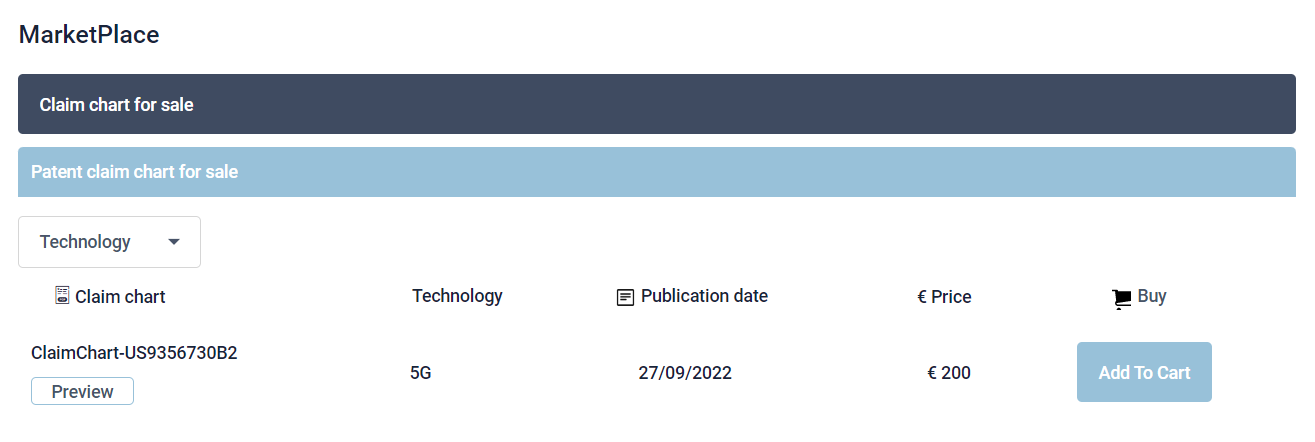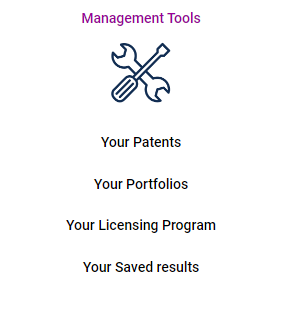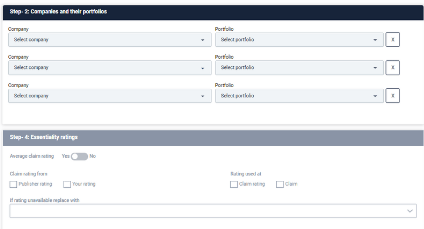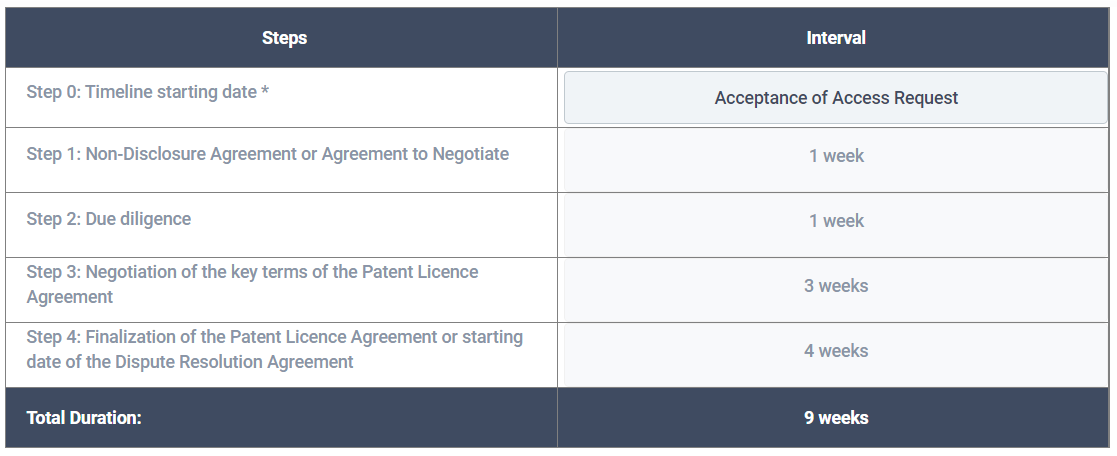Blog
Standard Essential Patents and the new challenges of 5G
<div class="pb-2 pt-1 row"> <div class="col-12"> <div class="container mt-4 text-center w-100"> <h1>Standard Essential Patents and the new challenges of 5G:</h1> </div> </div> </div> <p><img class="d-block img-blog img-fluid mx-auto" src="/assets/frontend/images/blog-5.jpeg" /></p> <div class="blog-content container pb-4 pt-4 text-justify"> <p>It is early morning; you wake up and reach for your phone. You scroll your emails, check the weather, read the news, and all the while using hundreds of standard essential patents. But what is a standard essential patent? How different is it from other patents? And why has 5G made these questions even more relevant?</p> <p>Let’s dive in! It will only take a few minutes.</p> <h4>What are Standard Essential Patents, Standard-Setting Organisations and Standards?</h4> <p>Standard Essential Patents are patents that have been declared essential to a given standard. This declaration is made by the patent owner to a Standard Setting Organisation such as the ETSI, IEEE, or CEN-CENELEC. These industry groups collaboratively decide on technical agreements, the standards, which allow for global connectivity, generate scale economies lowering costs and making new technologies affordable.</p> <p>Some SSOs have adopted their own definition of SEPs. For instance, for the ETSI<sup>1</sup> a patent should be considered a SEP when “it is not possible for technical reasons (but not for commercial reasons), considering the normal technical practice and the state of the art usually accessible at the time of standardization, to manufacture, sell, rent, dispose otherwise, repair, use, or to operate a product or methods that are in conformity with a norm without infringing this patent.<sup>2</sup>”.</p> <p>For the IEEE<sup>3</sup> Standards Association an essential patent claim is “any Patent Claim the practice of which was necessary to implement either a mandatory or optional portion of a normative clause of the IEEE Standard when, at the time of the IEEE Standard's approval, there was not commercially and technically feasible non-infringing alternative implementation method for such mandatory or optional portion of the normative clause.<sup>4</sup>”</p> <p>The CEN CENELEC<sup>5</sup> similarly defines a SEP as a “patent considered, for the purpose of making a patent declaration to CEN and CENELEC, by the patent holder as 'essential' when, in her/his own judgment, it is not possible on technical grounds, considering the state of the art at the time the standardisation-making process takes place, to make, sell, lease and otherwise dispose an equipment, product or method which comply with a deliverable without infringing her/his IPR on that Patent.<sup>6</sup>”</p> <h4>Standard Essential Patents and dominant market positions:</h4> <p>The essentiality of Standard Essential Patents gives considerable market power to SEP owners. As it is impossible to create compatible and interoperable products without implementing SEPs, implementers must request permission from SEP owners to use the patented technology. Thus, the adoption of a standard puts SEP owners in a dominant bargaining position.</p> <p>Difficulties may then arise out of the dominance of SEP owners. This is especially true in the telecommunication sector, as a standard may incorporate thousands of patented technologies held by as many SEP owners. This means that implementers must obtain licensing agreements for all those SEPs from all the different SEP owners. However, where a licensee must negotiate individual licenses for numerous patents and with numerous parties, it may lead to “royalty stacking”, a situation in which a single product may bear multiple royalty burdens that stack up to unreasonably excessive levels<sup>7</sup>. Given the intense price competition among industry participants in this industry, the high royalty costs may then lead to few implementers being able to survive the market. This may also lead to decreased competition and innovation, higher prices being passed on to consumers, and low consumer demand for standard-compliant products.</p> <p>Therefore, to alleviate patent hold-up and royalty stacking concerns many SSOs, require that SEP owners undertake to license their SEPs on Fair, Reasonable, And Non-Discriminatory (“FRAND”) terms to every company that implements standards. This was explained by Justice Arnold in the case opposing HTC v NOKIA in 2013<sup>8<sup>:</sup></sup></p> <p><span style="font-size:09.rem"><em>“66. The problem of “patent hold up” which has been much studied by economists generally arises either where there is no non-infringement alternative or where the cost of switching to the non-infringement alternative is prohibitive. The paradigm example of the former situation is the standard-essential patent. Because it is essential, there is no alternative for products that comply with the standard. That is why standards-setting organisations like ETSI (the European Telecommunications Standards Institute) require owners of standard-essential patents to undertake to grant licenses on FRAND (fair, reasonable, and non-discriminatory) terms. An example of the latter situation is where a manufacturer has invested a great deal of money in developing and marketing a complex product that infringes a patent, and by the time it discovers this it is too late to switch to a non-infringing alternative except at prohibitive cost.”</em></span></p> <h4>5G and the new challenges for SEPS:</h4> <p>New issues are arising with 5G. In fact, the technology environment is evolving with the fifth-generation technology standard for broadband cellular networks. It fundamentally changes our ability to share information with faster, more consistent data rates, lower latency, and cheaper cost-per-bit. This means that more information can be shared, through more devices and within less time, allowing for wider adoption of 5G by most industries such as automotive, home appliances, manufacturing, energy, and healthcare.</p> <p>Indeed, 5G allows for connected vehicles to share data to prevent accidents, medical professionals to diagnose patients remotely via connected sensors, customers to experience virtual shopping, and factories to control industrial robots. Moreover, with the emergence of parallel digital worlds, such as Facebook’s Metaverse, and artificial intelligence, the digitalization of industries and businesses may accelerate more than we can imagine today.</p> <p>However, 5G also comes with its challenges. It is subject to hundreds of thousands of SEPs that every 5G implementer is required to use to implement the standard. With 5G being integrated into most technology sectors, the number of products using SEPs is thus going to be higher than ever. In turn, this means that the number of companies requiring licensing rights for their products is reaching new highs. Licensors thus face the challenges of identifying multiple companies using their standard essential patents and negotiating licensing terms at an unprecedented scale. On the other hand, licensees will have to determine whose SEPs they use in their products and engage, sometimes for the first time, in FRAND negotiations.</p> <p>Furthermore, the nature of FRAND negotiations themselves brings another challenge for both licensors and licensees. Although the definition of Fair Reasonable and Non-Discriminatory licensing terms has been clarified by courts around the world, their interpretation is still contentious. Besides, while the negotiation of licenses for 4G and 5G is common in the smartphone world, the negotiation of FRAND licenses in industries such as the automotive, home appliances or healthcare sectors is still very new. 5G licensing negotiations will thus at times take place between proficient licensors and neophyte licensees, hence auguring longer and more costly negotiations.</p> <h4>How can FRANDAVENUE help?</h4> <p>It is these challenges, faced by both SEP owners and implementers, which have motivated the creation of FrandAvenue an innovative one-stop platform and marketplace for patent licensing.</p> <p>FrandAvenue was designed to help all market players navigate the complex SEP landscape and prepare for successful FRAND negotiations. It offers 5 toolkits:</p> <ul style="margin-left:40px"> <li>A data set room with the largest open and free SEP database with +575,000 patents, +90,000 implementation analyses, +66,000 SEP families, +2,000 market players, and +9000 technical specifications.</li> <li>Analytics tools to analyse your customized data and map the market.</li> <li>A negotiation room to determine your negotiation terms and interact with the other party.</li> <li>Management tools for your patents, portfolios, and licensing programs.</li> <li>A marketplace for patent analysis documentation.</li> </ul> <h4>FrandAvenue also offers services including:</h4> <ul style="margin-left:40px"> <li>Landscaping of portfolios</li> <li>Claim charts / Evidence of use</li> <li>Implementation analyses</li> <li>Build-up of your prospect list</li> <li>Support in each of your licensing steps</li> <li>FrandAvenue account set up</li> </ul> <p>For more information visit <a href="https://www.frandavenue.com/en/home">FrandAvenue</a> or <a href="mailto:contact@frandavenue.com"> contact@frandavenue.com</a></p> <hr /> <p><small><sup>1</sup>European Telecommunication Standard Institute</small></p> <p><small><sup>2</sup>ETSI Rules of Procedure 29th November 2017 – Annex 6. Article 15.6 “Definitions” </small></p> <p><small><sup>3</sup>Institute of Electrical and Electronics Engineering</small></p> <p><small><sup>4</sup> <a href="https://standards.ieee.org/about/policies/bylaws/sect6-7.html"> IEEE Policies and Procedure </a></small></p> <p><small><sup>5</sup>European Committee for Electrotechnical standardization</small></p> <p><small><sup>6</sup>CEN-CENELEC Guidelines for Implementation of the Common Policy on Patents</small></p> <p><small><sup>7</sup> <a href="https://www.essentialpatentblog.com/tag/royalty-stacking/ "> David Long “Jury awards Core Wireless $7.3 Million lump sum for Apple’s infringement of two SEPs (Core Wireless v. Apple)” accessed 30<sup>th</sup> July 2018</a> </small></p> <p><small><sup>8</sup>Arnold J in HTC Corporation v. Nokia Corporation, Patents Court, Case No. [2013] EWHC 3778 (Pat) at para.66</small></p> </div>
Read More >>



.png)


































